Bitcoin's Layer 2 Landscape in 2025: Key Trends and Scenarios
This article will offer a forward-looking analysis of the Bitcoin Layer 2 ecosystem, projecting how it may develop and mature over the next few years.

According to Michael Saylor, founder and chairman of MicroStrategy, Bitcoin represents only a tiny fraction, roughly $1 trillion or 0.1% of the estimated global wealth of around $900 trillion. This small percentage emphasizes the vast growth potential for Bitcoin and other digital assets compared to the current reserve currencies. However, for an asset to rise to those ranks it must meet some demands. This makes us question if Bitcoin satisfies these demands.
Join us in this article as we explore Bitcoin's adoption in the global wealth equation and reserve sectors and take a look at some future projections related to the Bitcoin Layer 2 landscape.
The Current State of Global Wealth
The current global wealth is spread across physical and financial assets that are rooted in 20th-century ideas and technologies such as real estate and fiat currencies. All eyes are on these old-school assets.
However, these physical assets can face some challenges. For instance, physical assets require maintenance costs and are vulnerable to natural or man-made disasters.
Financial assets, on the other hand, are often eroded by inflation, taxation, and layers of commission fees. For example, among the ‘principal four’ currencies dominating the current financial system, two of them, the Euro and Yen, have seen their share of global trade settlement fall significantly.

Additionally, the U.S. dollar is facing efforts from more than one country to remove it as the world’s reserve currency. Countries including Brazil, Russia, India, China, and South Africa operate as an organization known as BRICS that seeks to expand economic cooperation between themselves and oppose the Western sphere of power which is attributed to the dollar.
Events like these imply that there is a struggle in the global economy...
Why is the Modern Global Economy Struggling?
The struggle the modern global economy is experiencing could be attributed to reliance on imperfect assets and systems for storing capital.
We are in the 21st Century and still using the 20th Century ideas and technologies to run our economy.- Michael Saylor
What this means is that a change is needed, which isn’t an easy task. For instance, adopting a new currency requires trust and, sincerely speaking, there are not many emerging markets countries that can inspire enough confidence in their financial profiles to justify entrusting them with reserve status.
This calls for a scalable, decentralized, and secure solution to address these pain points affecting the modern global economy, and perhaps there could be no better option than Bitcoin to fill this role.
Path to a Bitcoin Standard
The Bitcoin Standard could represent a revolutionary shift towards using digital currency to rebuild, heal and grow the global economy.
Challenges for Bitcoin as a Global Reserve Currency
The Bitcoin blockchain suffers from size and transaction limitations compared to established networks. For example, each Bitcoin block is created every 10 minutes with around 4,000 transactions, this means it can manage only about 576,000 daily transactions.
On the other hand, the SWIFT banking system handles around 45 million messages daily, while CHIPS can process around 350 million daily transactions. A small difference if you ask me.
In addition, the Bitcoin base layer (Layer 1) does not support complex smart contract languages, which makes it difficult for users to develop advanced financial applications that could smooth its path as a world reserve currency candidate.
To accomplish functions like banking and trading, third parties are required, which goes against the arguments that it would be an ideal candidate in the first place.
This brings the famous 'blockchain trilemma' back on the table, where it is difficult to scale a blockchain while preserving decentralization and security.
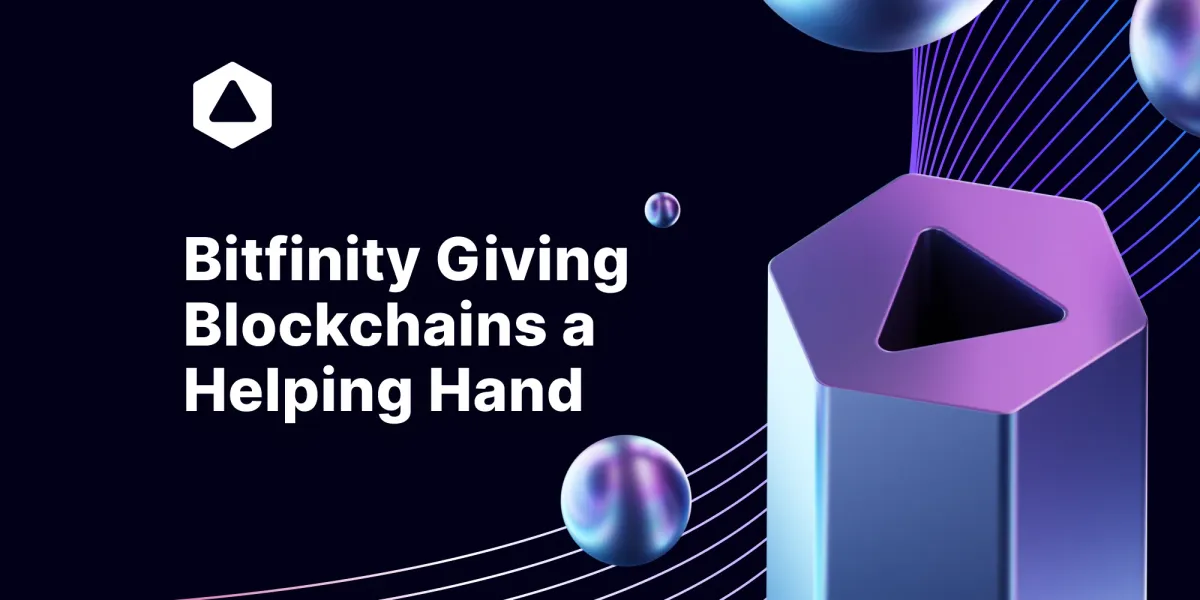
Scaling Bitcoin with Layer 2 Solutions
For Bitcoin to thrive or even survive it must certainly scale, this is understood and developers realized that if they try to scale the base layer they will probably compromise the ‘blockchain trilemma'.
Which led them to develop protocols that process transactions off the main blockchain while still connected and built on top of the network. These protocols are what we are referring to as Layer 2 solutions.
Layer 2 solutions have brought complex smart contracts, drastically reduced congestion, and much faster and cheaper transactions to the Bitcoin network. There are many of these new protocols emerging, such as:
- Sidechains; Which operate under their own rules as separate blockchains parallel to the Bitcoin L1 chain. Sidechains use a synthetic asset pegged to Bitcoin and issued at a 1:1 ratio to maintain value stability.
This allows faster transactions and brings additional features like smart contracts on the Bitcoin blockchain. Bitfinity is a sidechain to Bitcoin and works with Chain Fusion technology, powered by the Internet Computer. More info can be found here

- Rollups are bundles or 'rolls up' that aggregate off-chain transactions into a single transaction which is then posted to the main chain. Rollups exist in two main types: Optimistic Rollups and ZK-Rollups, each with a different method of generating and verifying the proof of a transaction. For extensive research on Bitcoin rollups, check out our article below.

- State Channels; Altough not that popular, state channels allow multiple parties to open private channels where they can make transactions amongst themselves off-chain. Only the final state is recorded on the blockchain, enhancing speed and reducing costs. Most famous example is the Lightning Network, also the earliest of them all.
As you probably understand by now, Bitcoin scaling protocols are proliferating rapidly. Many have grown far beyond the three categories mentioned previously. Data from BTCL2.INFO shows that over 77 active projects are creating Bitcoin Layer 2 solutions, with more than $3.04 billion in total value locked (TVL).
As mentioned in Spartan Research, projections suggest the Layer 2 landscape could reach a $24 billion market cap by 2025. This makes us question - who or what are the key drivers behind this explosion?
Key Drivers and Trends Shaping the Evolution of Bitcoin Layer 2
The continued evolution of Bitcoin Layer 2 solutions can be attributed to the following developments:
The concept of ‘Bitcoin Layers’ was introduced in 2018 to tackle Bitcoin’s scalability limitation. In the same year, Lightning Network was introduced as a Layer 2 solution built on Bitcoin.
Within 2 years, the Lightning Network had grown in transaction by 1212% and since then, it has increased its channel capacity for both daily on-chain transactions and balances held. This success seems to be attracting developers seeking a share of the market.
Ordinals
The launch of Ordinals (Non-fungible Tokens on Bitcoin) in early 2023 ushered in the age of “building on Bitcoin”. This sparked a development revolution in infrastructure and scaling layers for Bitcoin. Additionally, its launch led to increased transactions and fees within the network, which brought congestion concerns, highlighting the need for Layer 2 solutions.
Ordinals were a direct catalyst for interest in L2s.
— Trust Machines (@trustmachinesco) March 10, 2024
It happened faster than many expected, but the rise in fees on the L1 has kicked builders into high gear to help Bitcoin scale 📈
Our CEO @Muneeb explains: pic.twitter.com/BWrJw3HurB
The Rise of Fungible Tokens on Bitcoin
The release of BRC-20 in early March 2023 marked the creation of fungible tokens on Bitcoin by utilizing Ordinal inscriptions and JSON data. It was not much later that the Runes protocol was launched in April 2024, fueling the rise of new tokens on the Bitcoin blockchain. This also increased transactions and miner fees.
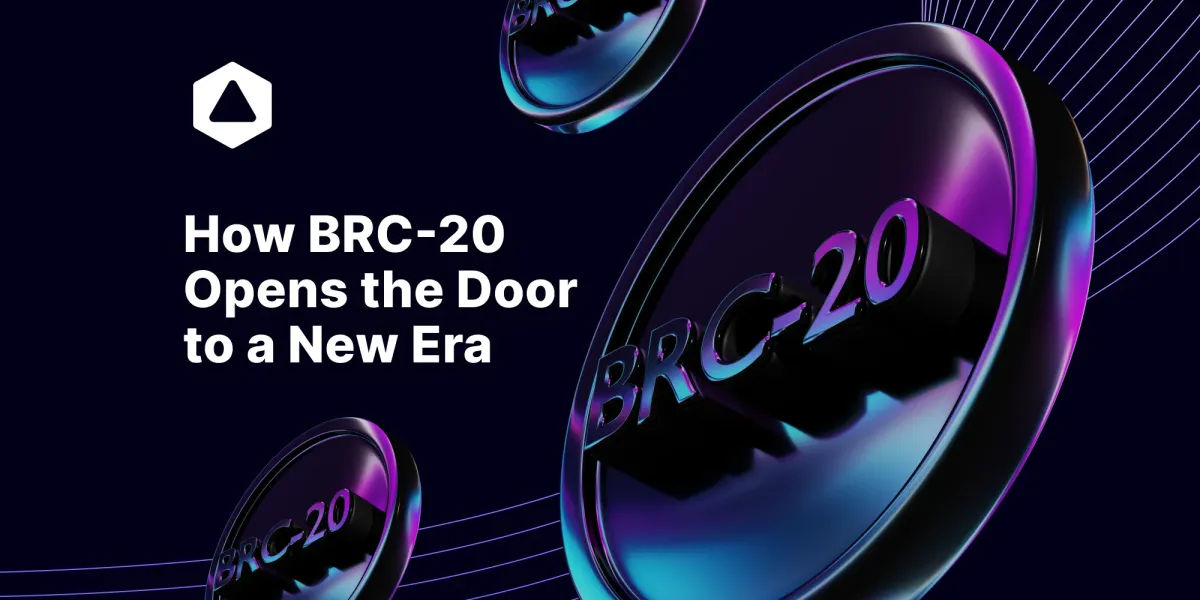
Blockchain Interoperability
Increased interoperability between different blockchains is also a key driver. Various technologies have been developed to allow integration between different Layer 2 solutions and the underlying Bitcoin blockchain. For instance, Cipher Wang, CEO and co-founder of the Bitcoin layer-2 project UTXO Stack notes that;
The majority of Bitcoin layer-2 solutions utilize some form of (multi-signature) cross-chain bridge to facilitate the conversion of Bitcoin between the native chain (L1) and L2.
These cross-chain bridges fully connect various chains.
More Regulatory Clarity
Clearer regulatory frameworks for cryptocurrency have also been a key driver in Layer 2 development. For example, the approval of the first spot Bitcoin ETF in January 2024 by the SEC marked one of the biggest acceptance milestones (for the normies) and a shift in the regulatory stance from governments regarding digital assets. It has encouraged legitimate building on the Bitcoin blockchain and gave credibility to Layer 2 solutions trying to scale it.
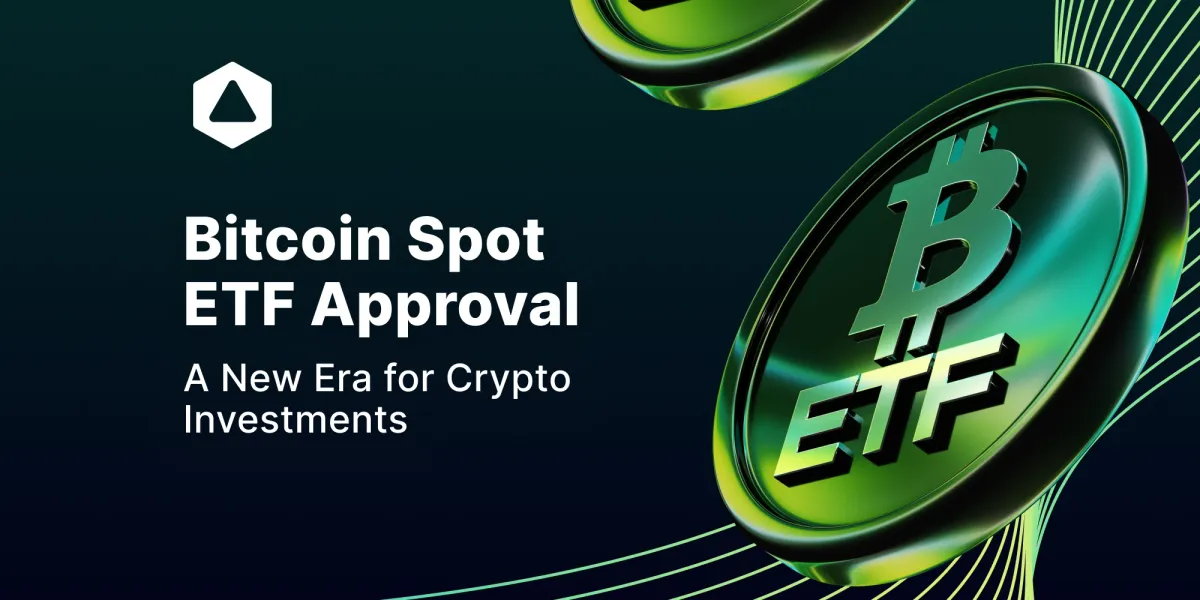
What Does the Evolution of Layer 2 on Bitcoin Imply?
The evolution of Layer 2 solutions on Bitcoin is positioned to continue in the coming years. Experts suggest that the space will consist of tens of thousands of L2s comprising state channels, rollups, sidechains, and future types of technology yet to be conceived.😱
Data from Spartan Research implies that Layer 2 solutions are set to manage a huge portion of all BTC transactions, potentially handling over 25% of all BTC transactions compared to their current minimal share.
Additionally, Layer 2 solutions have improved privacy versus Bitcoin L1 through confidential interactions, rollups, and zero-knowledge proofs, which has helped maintain the secure and private nature of the network.
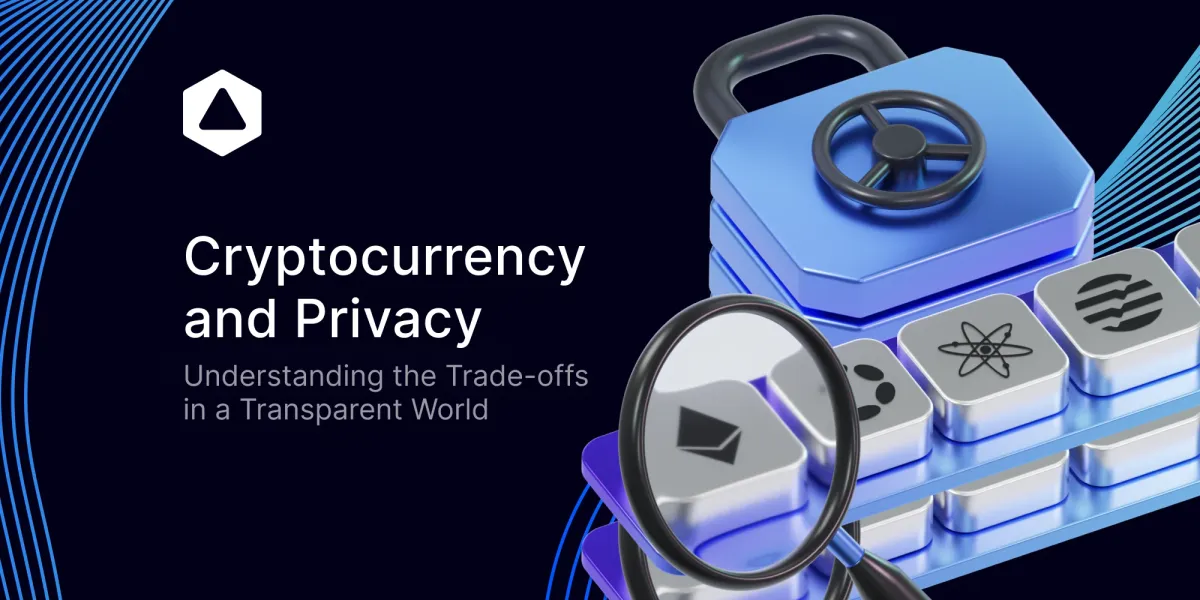
Something to stay on the lookout for, which could be a catalyst in attracting new users while also integrating Bitcoin more deeply into the global economy than ever before...
The Future of Bitcoin on the Global Economy
Bitcoin is increasingly being recognized not just as a financial asset but as a strategic resource that could enhance global economic stability. With continued development on the network, such as those we have discussed regarding Layer 2 solutions, we could see Bitcoin rise to replace the 20th century ideologies and technologies crippling the current global economy.
In his Bitcoin 2024 Keynote Speech in Nashville, Michael Saylor says that Bitcoin is on a trajectory to reshape the global economy by transitioning capital from traditional physical and financial assets to digital assets. He notes that by 2045, Bitcoin is expected to represent about 7% of the world's total assets.
Still, for Bitcoin to rise into these ranks, politics is a key driver.
Politics and Bitcoin
Bitcoin and the entire cryptocurrency ecosystem are shaping politics in various countries, particularly in the USA. We have seen presidential candidates like Donald Trump (of the Republican Party) take major steps in embracing Bitcoin ethos, to the extent of picking a Vice President who is perceived as pro-Bitcoin.
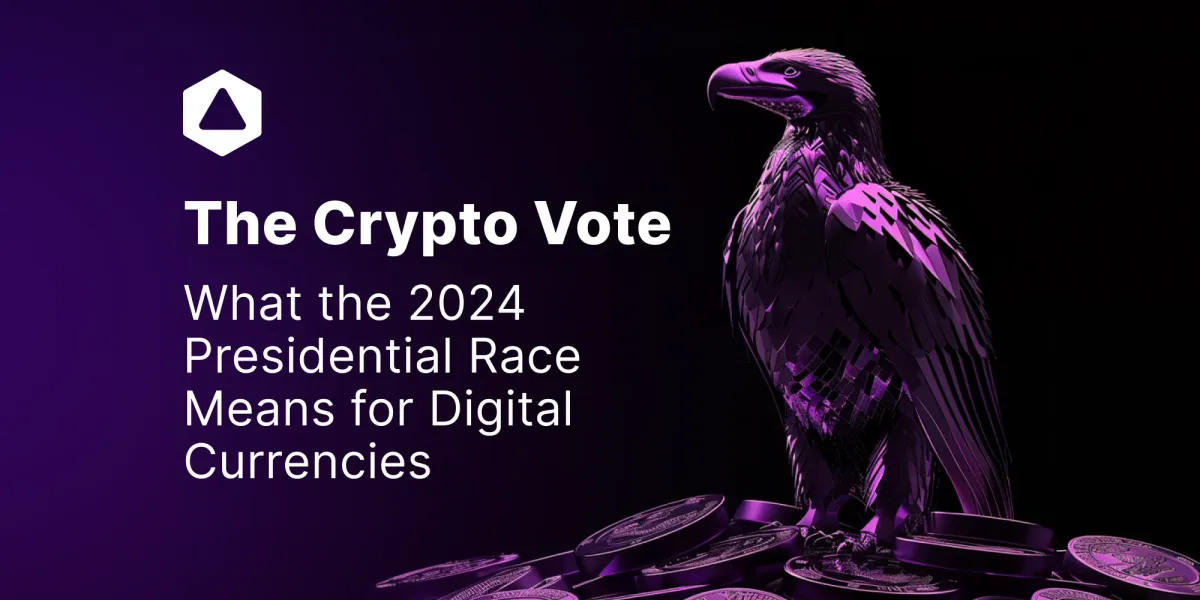
This political entrance into cryptocurrency makes us question whether the landscape should remain political or become neutral. We must remain skeptical about either outcome and the effect on crypto in general.
Thinking out loud…
— Matthew Pines (@matthew_pines) July 16, 2024
Let’s assume Trump decided he wanted the USG to buy and hold Bitcoin as a financial asset on the national balance sheet (as may be announced next Sat…). I know this sounds bonkers and not serious (for now…), but play along…
Under what existing legal…
Therefore, the rise of a crypto-native government to power would imply more favorable policies towards cryptocurrencies and decentralized financial systems. This would see Bitcoin and other digital assets rise in the global economy.
Also, if Bitcoin is to reach these heights, its infrastructure needs to be expanded beyond what we have now to meet the demands of a global reserve currency.
What Layer 2 solutions have brought is just the tip of the iceberg. Bitcoin's base layer holds more economic potential than we know, and we may see this unfold over several decades.

Connect with Bitfinity Network
Bitfinity Wallet | Bitfinity Network | Twitter | Telegram | Discord | Github

*Important Disclaimer: The information provided on this website is for general informational purposes only and should not be considered financial or investment advice. While we strive for accuracy, Bitfinity makes no representations or warranties regarding the completeness, accuracy, or reliability of the content and is not responsible for any errors or omissions, or for any outcomes resulting from the use of this information. The content may include opinions and forward-looking statements that involve risks and uncertainties, and any reliance on this information is at your own risk.
External links are provided for convenience, and we recommend verifying information before taking any action. Bitfinity is not liable for any direct or indirect losses or damages arising from the use of this information.





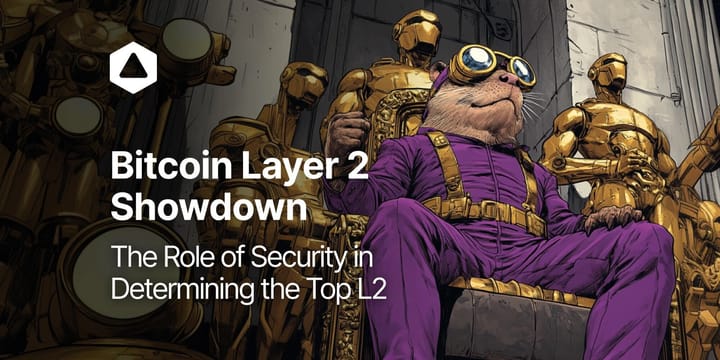
Comments ()